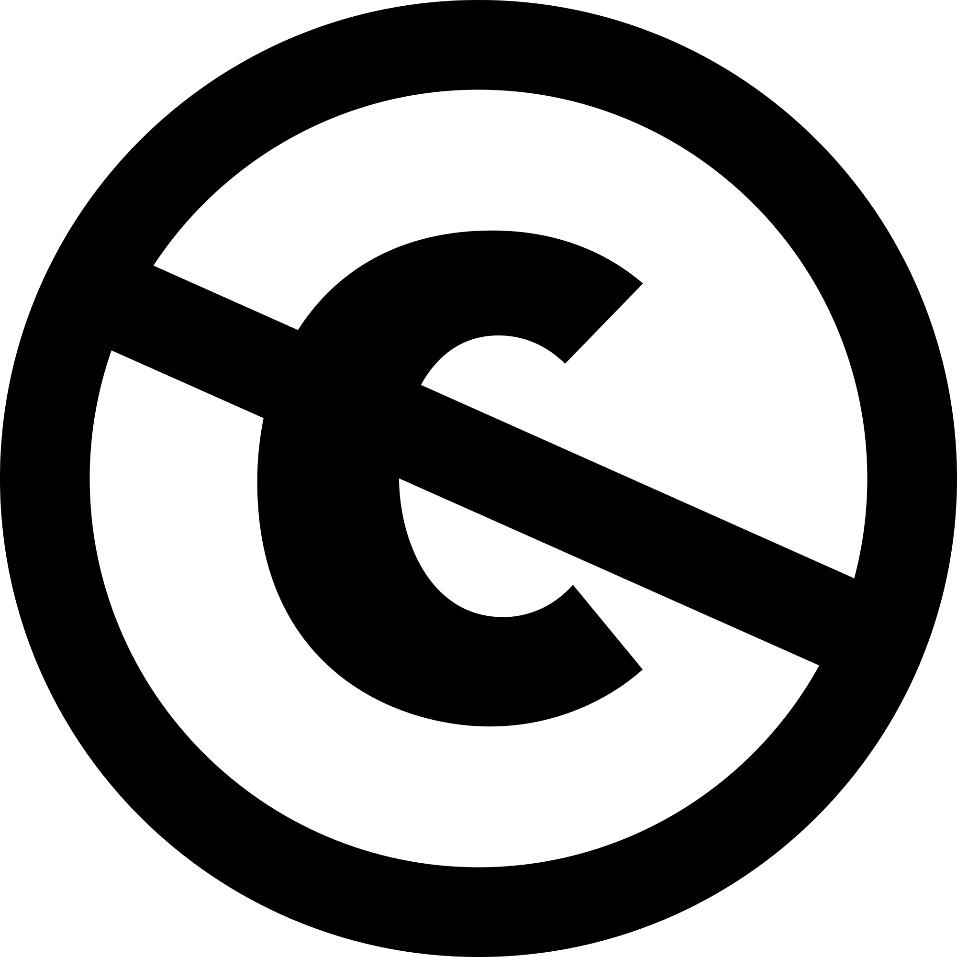A copyright is an exclusive right granted to the creators of original works of art. It allows the owner of the work the sole right to produce or reproduce a substantial part of their work. Being able to register a copyright is crucial for creators to be able to earn from their work reasonably for a designated period of time. However, this protection is not intended to remain effective interminably.
According to the Copyright Act, the period of protection granted by a copyright extends to the life of the author, the remainder of the calendar year in which the author dies and a period of fifty years following the end of that calendar year. After this period, the copyright expires and the work becomes a part of Canada’s Public Domain. Here’s a closer look at the regulations regarding dissolution according to the copyright law of Canada:
Regulations Based on the Authorship
The rules of copyright dissolution vary for different forms of works, primarily based on their authorship and their subject matter. Based on the kind of authorship, materials protected under copyright enter the public domain as follows:
- Single Known Author
If the author is deceased, the copyright protection extends to 50 more years post the end of the calendar year of the creator’s death. In cases where the work is published posthumously, the period of copyright protection depends on the date of printing.
- Multiple Known Authors
Copyright protection for works which have multiple known authors extends to 50 years post the demise of the last living co-author. In cases where the works are published posthumously, the laws for copyright dissolution are similar to that of single known authors.
- Anonymous Author
Depending on the information available regarding the date of creation and publication, anonymous works enter the public domain 50 years post the date of publication or 75 years after the date of creation.
- Works Owned by an Organisation
Copyright protection of works owned by a corporation becomes ineffectual depending on the anonymity of the author of the respective work. If the author is known, the protection extends to 50 years post his demise. In cases where the author is unknown, copyright dissolution rules are similar to that of an anonymous author are be applied to his work.
Regulations Based on the Nature of Work
Although most categories of works protected under a copyright become public domain 50 years post the demise of the author, the rules of copyright dissolution may differ for certain subject-matters, in particular:
- Performances
The copyright protection to a performer’s presentation expires 50 years after the date of first publication or recording of the performance or 99 years after the date of creation.
- Sound Recordings
Depending on the circumstance of the copyright of the work, the sound recording becomes public domain, 50 years post the date of publication.
- Communication Signals
Communication signals become a part of public domain 50 years after the first transmission.
It is essential for businesses to understand the rules of copyright dissolution to commercialize their Intellectual Property (IP) successfully. An experienced IP lawyer can help you recognise the provisions of the copyright law of Canada better and avoid unnecessary litigation at a later stage.

